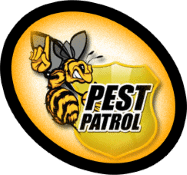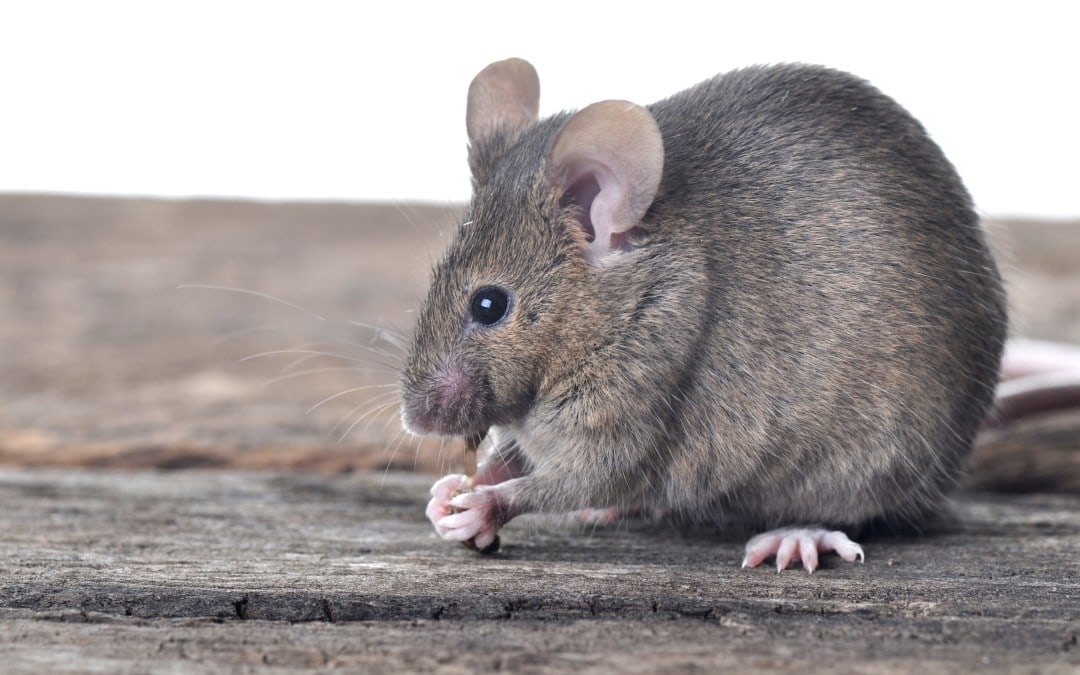“Mouse Emergency,” the customer said.
“Mouse emergency,” I replied, “could be interesting….”
Mouse emergencies are pretty rare events, even in our line of work. Rodents of all kinds will invade homes at any time of the year, but spring and fall are the mousiest activity times. In the spring, momma mice are looking for a place to produce their prodigy. In the fall, all the mice in the world are looking for somewhere warm to spend the winter. A mouse infestation may not be evident until you see some of the telltale signs at certain areas of your home.
Not all mice are mice. There are mice of course. We have deer mice and house mice locally. But we also have voles and shrews and chipmunks and red squirrels and ground squirrels. And rats too. American rats, roof rats, Norway rats and the ubiquitous sewer rat. All of these invade homes.
These rodents all do three things. They eat, poop and make nests, which are very different, depending on the rodent.
- Mice chew up paper and fabrics and make loose piles to rest in.
- Shrews are happy with a mouse type nest but add in bits of wood and pokier things.
- Voles make nests that are very bird-nest-like in appearance and materials.
- Chipmunks and squirrels leave a pile of nut and seed shells near the nest.
- And rats make big nests of everything from fabrics to plastics to cardboard and wood. Some rats even fancy shiny things like tin foil, coins and jewelry. I once found a nest with a couple of old spoons in it.
As far as pooping and diets go, that all varies a bit too. The poops are all essentially the same shape but of different sizes and consistency. Bigger poop usually equals a bigger creature, while consistency and color tell of diet. And while all the above animals will eat the same things in a pinch…. each type of rodent has its own preferred foods, which only makes sense. After all, if they all preferred the same food, they would compete too much with each other, and that would limit their opportunity to live in harmony in your home.
Eliminating vermin from your home begins with an interior pest inspection to determine what kind of invader you have and where they are feeding, resting, traveling and reproducing. Next, we select the best treatment method for what we find. Sometimes that method is baiting. Sometimes it’s trapping. Sometimes it’s exclusion. Usually it is some combination of the three. Often it’s a one-time treatment. Sometimes a follow up treatment is advised. Each situation is a bit unique…. and that’s what makes it interesting!
Find out more about our Rodent Removal Services.


